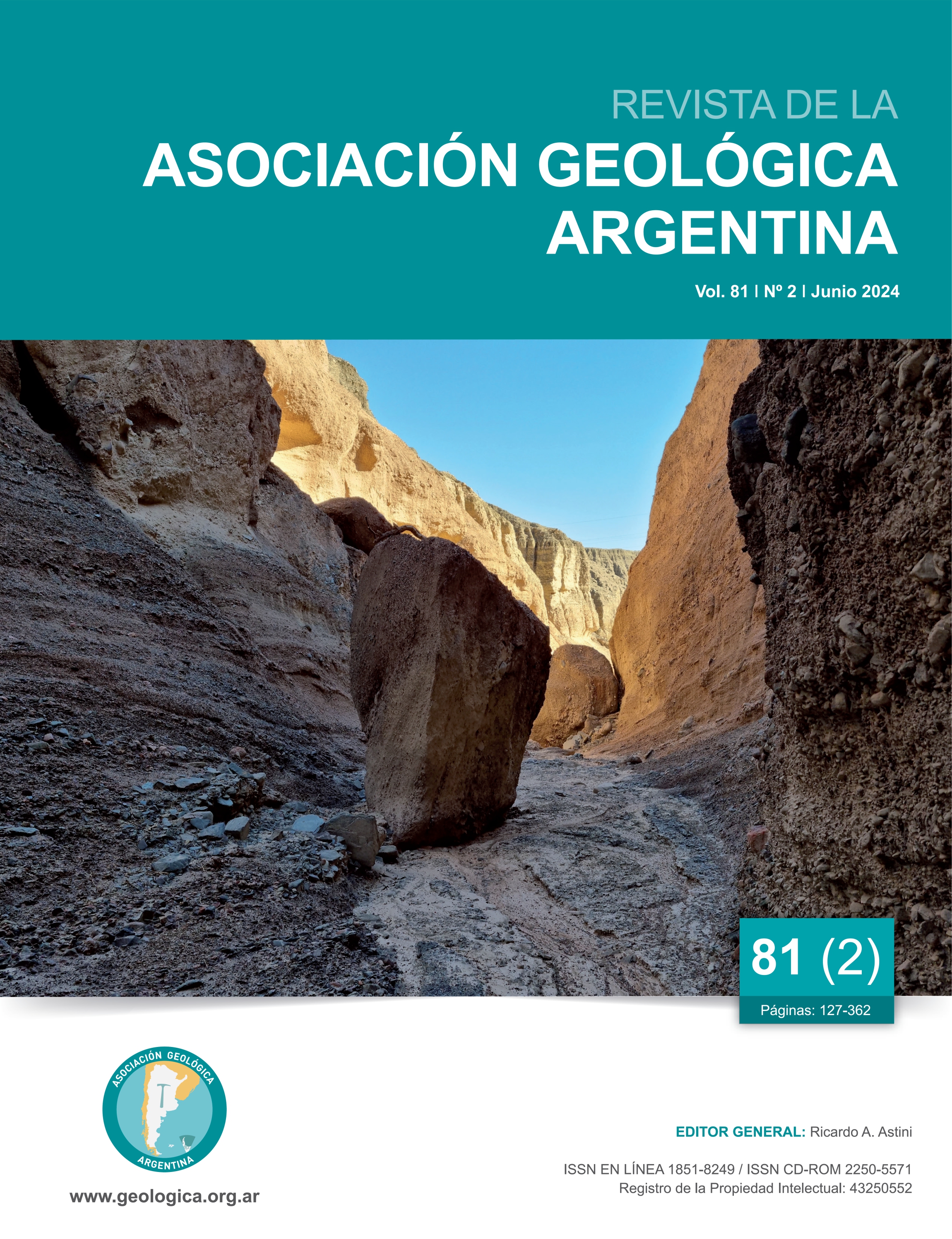Environmental units identification for sustainable management based on geological studies
Main Article Content
Abstract
There are numerous world examples of cities founded on free soils, without previous studies of the physical environment, with the consequent appearance of problems related to its intrinsic characteristics. Detailed knowledge of the physical environment within the Territorial Planning, through geology, allows us to anticipate possible negative scenarios in the territory and generate measures to minimize them.
This paper presents the case study of the northern sector of the Tulum Valley fan, Angaco department. There are large tracts of uncultivated land, with potential for growth; Therefore, the territorial ordering of the area for future activities is considered of great relevance. The lack of land use planning has generated problems such as depleted and exploited soils due to bad practices, which lead to a decrease in annual crops, areas affected by desertification problems, flooding, contamination by urban solid waste, fires, liquefaction of soils, industrial activities such as quarries in areas of debris slides or between rural areas.
The objective of the work is to analyze the Quaternary geology of this region and define environmental units for the land-use planning. For this, geophysical measurements were used to delimit geological structures, geomorphological and hydrological mapping, and an inventory of natural hazards. Four units resulted, on which conditioning overloads were identified. A GIS was used as support, relationship evaluation matrices between activities supported by the soil, of environmental valuation. Finally, guidelines for the development of the territory are delivered.
Article Details

This work is licensed under a Creative Commons Attribution-NonCommercial 4.0 International License.
Nota de copyright
Los autores conservan los derechos de autor y garantizan a la revista el derecho de ser la primera publicación del trabajo licenciado según una licencia de atribución Creative Commons que permite a otros compartir el trabajo con el reconocimiento de la autoría y de la publicación en la que se publicó por primera vez.
Declaración de privacidad
Los nombres y direcciones de correo electrónico introducidos en esta revista se usarán exclusivamente para los fines declarados por esta revista y no estarán disponibles para ningún otro propósito u otra persona.

